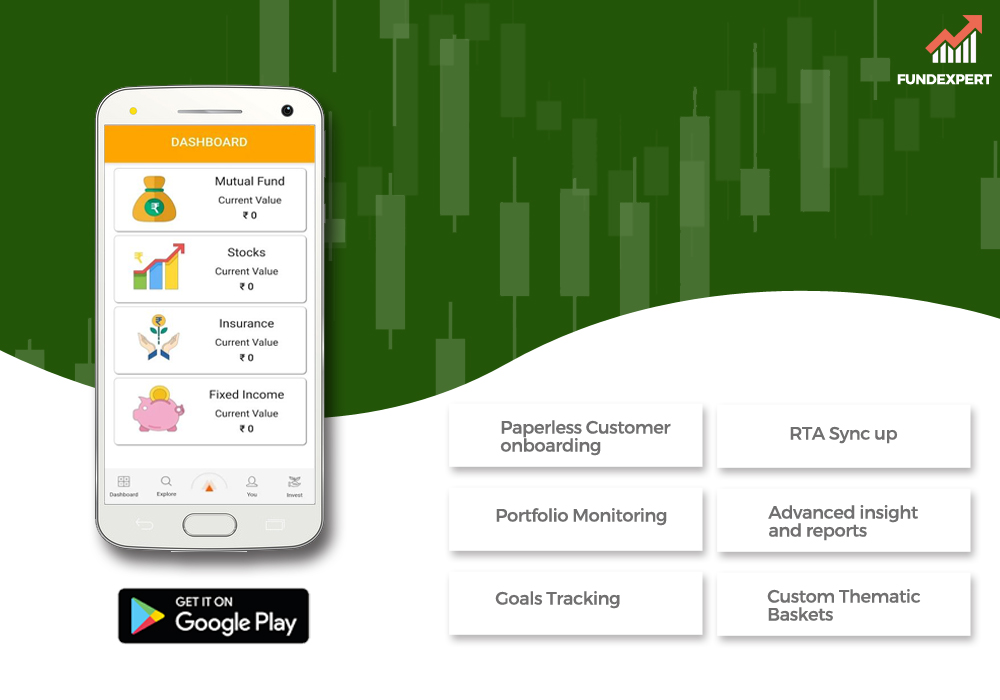Glossary
Yield
Yield is an investor's dividend or interest on an asset. It is generally expressed as a percentage of the investment's current market price. Return on debt security= interest divided by debt security market price Return on equity= dividend divided by equity market price
Yield Curve
A graphic line chart showing interest rates at a particular point for all equally risky securities, but different maturity dates. Of debt, the 2- or 5-year portfolio is usually opposed to the 30-year one.
Yield-to-maturity (YTM)
Yield-to-maturity is the expected total return or interest rate that an investor would earn by holding a bond until maturity and reinvesting all the bond cashflows (coupon payments and maturity principal repayment) at that rate.
A bond's price reflects the present value of all its future cash flows at any moment. The market price of the bond is equal to its face value at the time of issue (the issuing price, e.g. ' 1,000), as all coupon payments are assumed to be reinvested at the coupon rate until maturity. At this point, the coupon rate is the same as for other debt instruments with similar risk and maturity profile currently available on the market. The market interest rate fluctuates, however, as time goes by, while the coupon rate on the bond remains fixed. The bond becomes less attractive when the market rate rises above the coupon rate charged on the bond and starts selling at a discount (price falls below face value). The bond sells at a premium when market interest rates drop below the coupon rate (price falls above face value).
The calculation for YTM at any point assumes that all coupon payments are reinvested at an interest rate during the lifetime of the bond so that the present value of these cashflows is equal to the current market price of the bonds. At that point in time, this interest rate at which all cashflows are supposed to be reinvested is called the bond's yield-to-maturity.
Suppose an electricity company, Pvt Energy Grid. Ltd. issues 10 percent face value semi-annual bonds ' 1,000, and the maturity of 3 years on 1 Oct.'18. These bonds will pay 5% coupon or` 50 every six months until 30th Sept. '21. The first coupon fee of' 50 will be issued on March 31, 19, the second coupon on Sept. 30 and so on. Such transactions will be reinvested at the available interest rate upon receipt by the lender. He will receive back his ' 1000 on maturity principal (30 Sept. ' 21) along with the last ' 50 coupon fee. YTM is the rate at which we believe all these payments will be reinvested by the investor.
YTM helps to compare two bonds or equity investments ' returns. YTM is never constant in a bond's lifetime. If today's Energy Grid bond sells for less than ' 1,000, this means that the current market rate is higher than the coupon rate. YTM will therefore be higher than 10 percent at this point (coupon rate). If the bond sold for more than ' 1,000, i.e. the rates available are lower than the coupon rate of the bond, YTM would be less than 10%.
